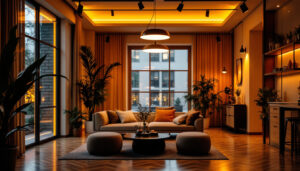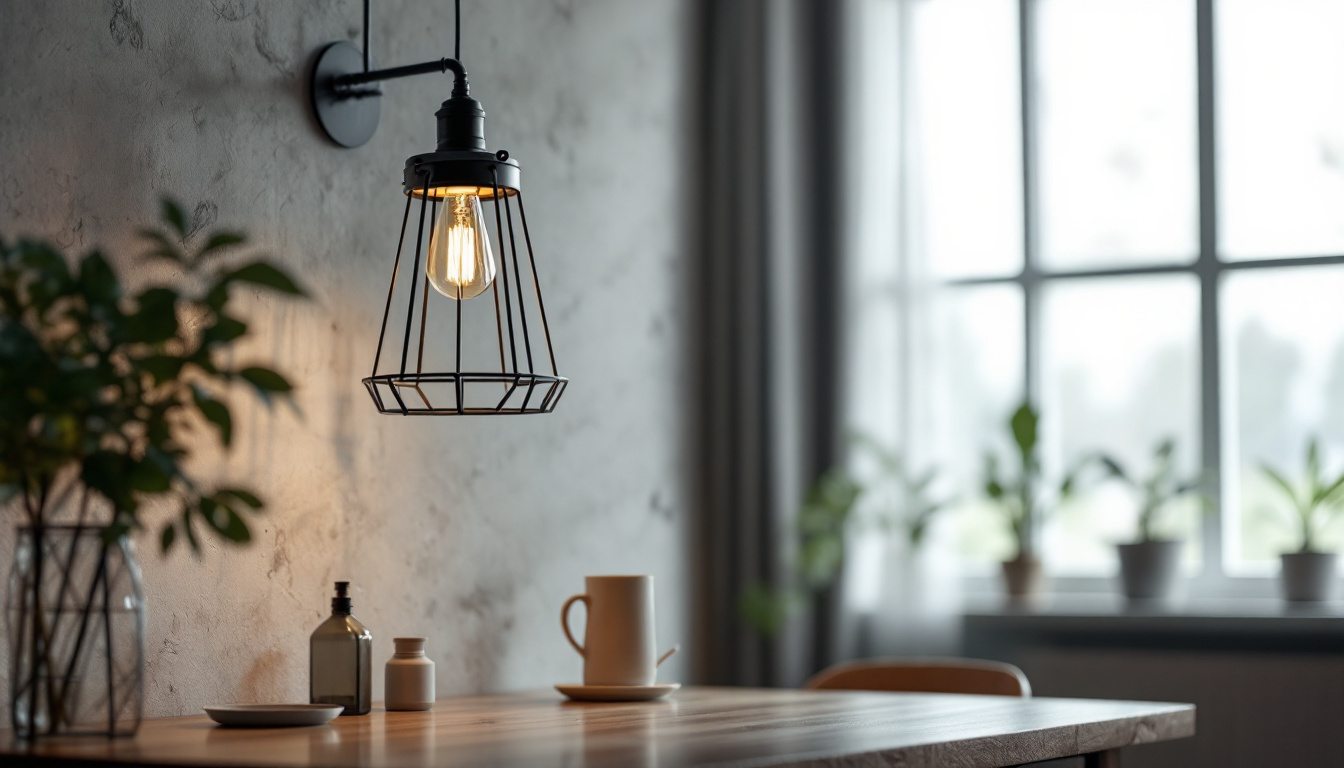

indoor flood lights have become an essential component in modern lighting design, offering versatility and functionality for various applications. Whether used for illuminating large spaces, highlighting artwork, or enhancing security, understanding the intricacies of indoor flood lights is crucial for lighting contractors. This article delves into the various aspects of indoor flood lighting, including types, installation tips, and best practices to ensure optimal performance.
Indoor flood lights are designed to provide broad, even illumination across a wide area. Their ability to cast a high-intensity beam makes them suitable for various environments, from commercial spaces to residential settings. These lights are typically mounted on ceilings or walls and can serve multiple purposes, including task lighting, ambient lighting, and accent lighting. The design of flood lights allows them to illuminate large spaces effectively, reducing the need for multiple light sources, which can lead to a more streamlined and aesthetically pleasing environment.
Flood lights come in various types, each with unique features and benefits. Understanding these types is essential for selecting the right lighting solution for a specific project. The choice of flood light can significantly impact energy consumption and the quality of light produced, making it crucial for both sustainability and functionality.
The versatility of indoor flood lights allows them to be utilized in various applications. Understanding these applications can help lighting contractors make informed decisions when designing lighting layouts. The strategic placement of flood lights can enhance both functionality and aesthetics, making them a valuable addition to any lighting design.
Proper installation is critical for the effective performance of indoor flood lights. Several factors must be considered to ensure that the lighting meets the needs of the space while adhering to safety regulations.
Indoor flood lights can be mounted in various ways, depending on the design of the space and the intended use of the lighting. Common mounting options include:
When installing indoor flood lights, proper wiring and electrical considerations are paramount. It is crucial to adhere to local electrical codes and regulations to ensure safety and functionality.
Before installation, assess the existing electrical infrastructure to determine if it can support the additional load from the flood lights. If necessary, consult with a licensed electrician to ensure that the wiring is adequate and compliant with safety standards.
Additionally, consider the type of bulbs being used, as different flood lights have varying power requirements. LED flood lights, for instance, are energy-efficient and have a longer lifespan compared to traditional incandescent bulbs, but they may require specific dimmers or drivers to function optimally. It’s also wise to plan for future upgrades or changes in lighting needs, which may involve additional wiring or circuits, ensuring that your installation remains adaptable and efficient over time.
Furthermore, the placement of switches and dimmers should be thoughtfully planned. Consider using smart lighting controls that allow for remote access and scheduling, enhancing both convenience and energy efficiency. These modern solutions can integrate with home automation systems, providing users with the ability to adjust lighting levels based on time of day or occupancy, thus maximizing the utility and ambiance of the space.
Selecting the appropriate flood light requires careful consideration of several factors, including brightness, color temperature, and energy efficiency. Each of these elements plays a vital role in achieving the desired lighting effect.
The brightness of flood lights is measured in lumens, which quantifies the amount of light emitted. When choosing flood lights, it is essential to consider the specific needs of the space. For example:
Color temperature, measured in Kelvin (K), affects the ambiance of a space. Flood lights are available in various color temperatures, ranging from warm white (2700K) to cool daylight (5000K and above). The choice of color temperature can significantly influence the mood of a room:
As energy efficiency becomes increasingly important, selecting flood lights that minimize energy consumption while maximizing output is essential. This not only reduces operational costs but also contributes to environmental sustainability.
LED flood lights stand out as the most energy-efficient option available. They consume significantly less energy compared to traditional incandescent or halogen lights while providing the same or greater illumination. Additionally, LED lights have a longer lifespan, which translates to reduced maintenance and replacement costs.
When considering energy efficiency, it is also essential to evaluate the overall design of the lighting system. Utilizing smart lighting controls, such as dimmers and timers, can further enhance energy savings by allowing for customized lighting schedules based on occupancy and usage patterns.
Choosing energy-efficient lighting solutions not only benefits the bottom line but also reduces the environmental impact. By opting for LED flood lights, contractors can contribute to a decrease in greenhouse gas emissions associated with energy production. Furthermore, LEDs do not contain hazardous materials like mercury, making them a safer choice for both users and the environment.
Regular maintenance is crucial for ensuring the longevity and performance of indoor flood lights. Understanding common issues and their solutions can help contractors address problems efficiently.
Conducting routine inspections of flood lights can help identify potential issues before they escalate. This includes checking for:
Even with regular maintenance, issues may arise. Here are some common problems and their solutions:
Indoor flood lights are a versatile and essential component of modern lighting design. Understanding the various types, installation considerations, and maintenance practices is crucial for lighting contractors aiming to deliver high-quality solutions to their clients. By selecting energy-efficient options and adhering to best practices, contractors can enhance the functionality and aesthetics of any space while contributing to sustainability efforts.
As the demand for innovative lighting solutions continues to grow, staying informed about the latest trends and technologies in indoor flood lighting will ensure that contractors remain competitive in the industry. By prioritizing quality, efficiency, and design, lighting professionals can create spaces that are not only well-lit but also visually appealing and environmentally responsible.
Ready to elevate your lighting designs with the best in indoor flood lights? At LumenWholesale, we provide lighting contractors with the highest quality, spec-grade lighting products at exceptional wholesale prices. Say goodbye to local distributor markups and hello to our curated selection that meets rigorous industry standards. With free shipping on bulk orders, LumenWholesale is your go-to source for reliable, cost-effective lighting solutions that don’t compromise on performance. Enhance your next project by choosing the perfect blend of quality, affordability, and convenience. Visit us at Wholesale Lighting at the Best Value and discover how we can brighten your lighting experience.

Discover the essential guide for lighting contractors on mastering waterproof electrical connectors.

Discover why purchasing security and motion sensor lights in bulk from local distributors might not be the best choice.

Discover the top mistakes lighting contractors make when installing industrial-looking light fixtures.

Explore the key qualities that distinguish top lighting contractors in the industry, as exemplified by Leviton Manufacturing Company.
Get notified when NEW deals are released.
Optimize your budget with wholesale discounts.
Only top-quality, specification-grade lighting products.
No additional costs at checkout - what you see is what you pay.
We understand the unique needs of contractors.